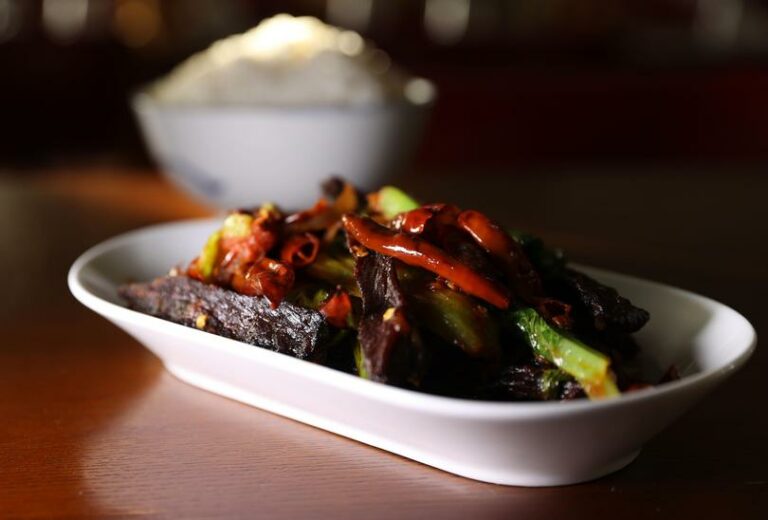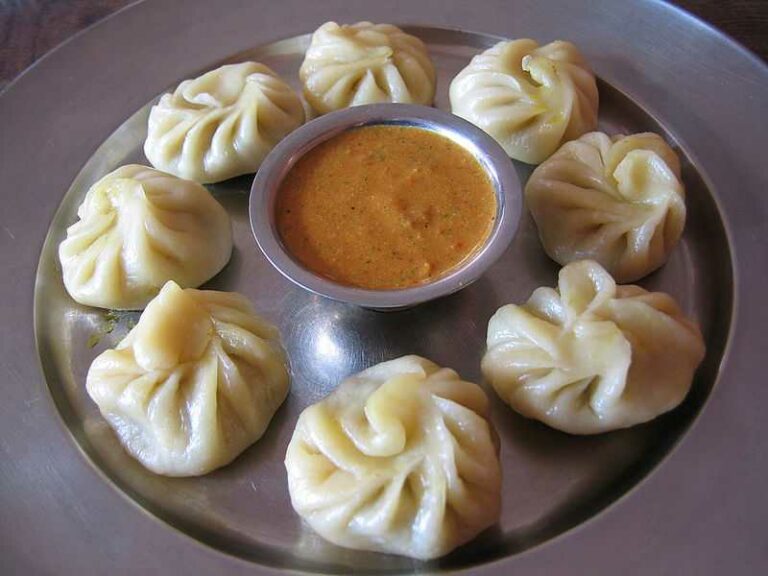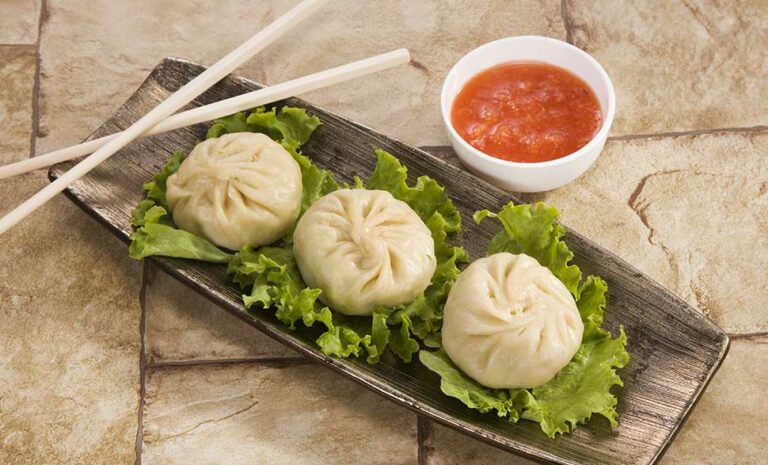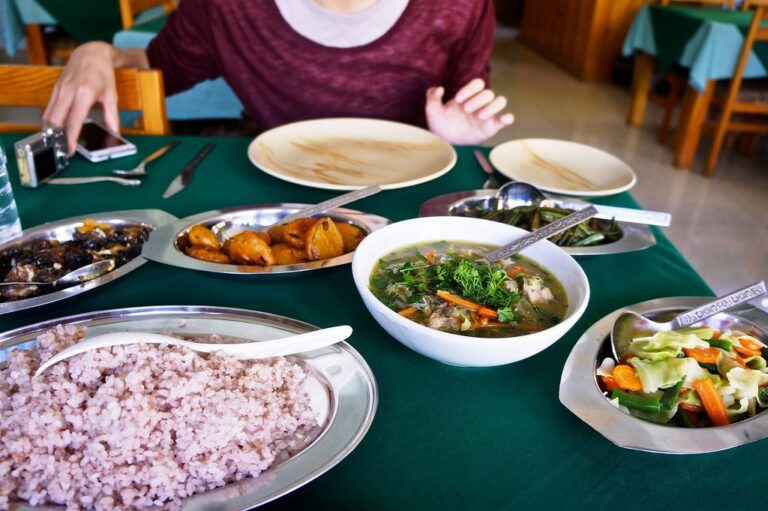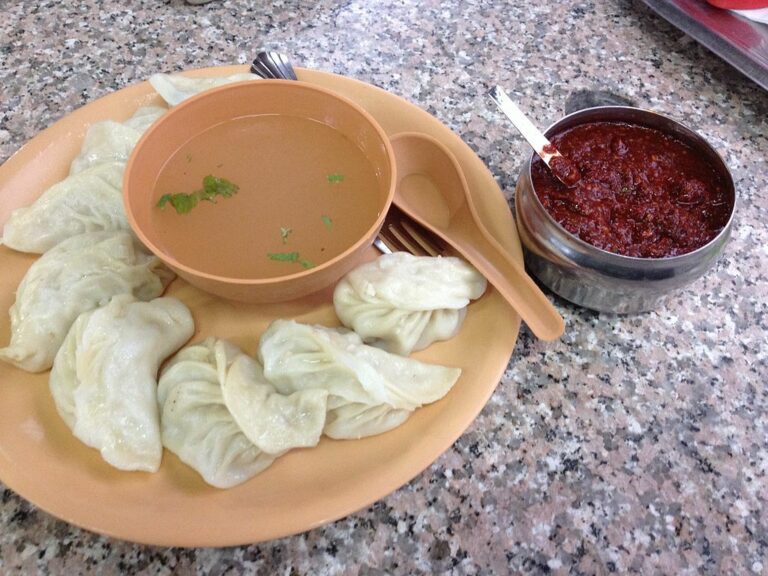Introduction: Bhutanese Cuisine
Bhutanese cuisine is known for its unique flavors and influences from neighboring countries. It is a blend of Chinese, Indian, and Tibetan culinary traditions, with its own distinct characteristics. Bhutanese cuisine is characterized by the use of spices, aromatics, and herbs, which give its dishes a distinct and complex flavor.
Bhutanese Cuisine and Its Culture
Bhutanese cuisine is closely tied to the country’s culture and way of life. The country’s mountainous terrain and harsh climate have influenced the use of ingredients in its cuisine, resulting in dishes that are hearty, filling, and nourishing. Bhutanese people take great pride in their cuisine, with many traditional dishes being passed down from generation to generation.
Spices Used in Bhutanese Cooking
Bhutanese cuisine is known for its use of spices, which add depth and complexity to its dishes. Some of the most commonly used spices in Bhutanese cooking include cumin, coriander, ginger, garlic, and turmeric. Chili peppers are also a staple ingredient in Bhutanese cuisine, with locals using them to add heat and flavor to many dishes.
Traditional Bhutanese Dishes to Try
Some traditional Bhutanese dishes that are a must-try include Ema Datshi, a spicy stew made with cheese and chili peppers; Jasha Maroo, a spicy chicken stew; and Suja, a butter tea that is a staple in Bhutanese households. Another popular dish is Jasha Tshoem, a spicy stew made with beef, pork, or chicken and served with rice.
Unique Ingredients in Bhutanese Cuisine
Bhutanese cuisine is known for its use of unique ingredients that are native to the country. One of these ingredients is yak meat, which is a staple food for many in Bhutan. Another unique ingredient is buckwheat, which is used to make noodles and pancakes. Bhutanese cuisine also includes a variety of local vegetables, such as radishes, pumpkins, and spinach.
Influences on Bhutanese Cuisine
Bhutanese cuisine has been influenced by neighboring countries, particularly India and Tibet. The use of spices, curries, and chilies in Bhutanese cooking is influenced by Indian cuisine, while the use of noodles and dumplings is influenced by Tibetan cuisine. However, Bhutanese cuisine has its own unique characteristics that set it apart from its neighbors.
Bhutanese Food and Health Benefits
Bhutanese cuisine is known for its health benefits, with many traditional dishes using fresh, whole ingredients. The use of spices and herbs in Bhutanese cooking has also been linked to health benefits, with some studies suggesting that certain spices can help reduce inflammation and improve digestion.
Where to Find Bhutanese Food Abroad
While Bhutanese cuisine may not be as well-known as other Asian cuisines, it is possible to find Bhutanese restaurants in some countries. In the United States, there are a handful of restaurants that specialize in Bhutanese cuisine, particularly in cities with large immigrant populations. Some restaurants may also offer Bhutanese dishes as part of a broader Asian menu.

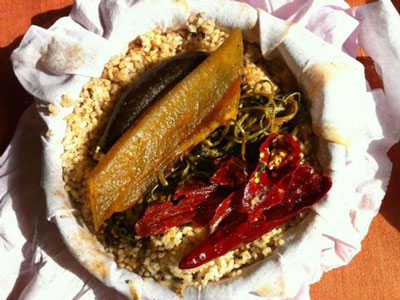
![Can you recommend some Bhutanese restaurants in [city]?](https://foodnerdy.com/blog/wp-content/uploads/2023/05/gettyimages-1133237168-612x612-1.jpg)

